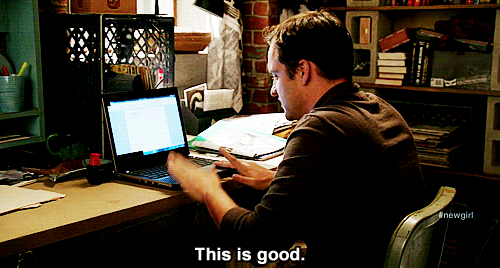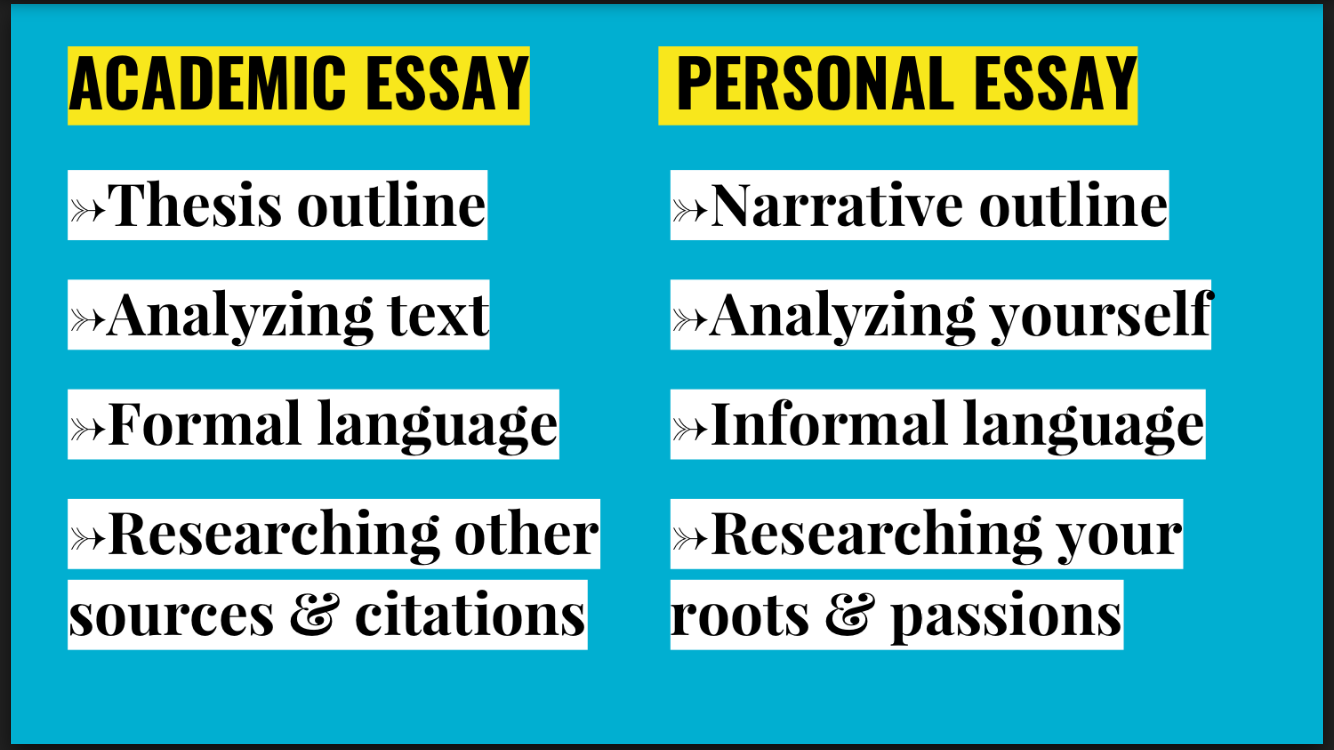4 Ways to Create a Compelling Opener In Your Personal Statement
/The thing most students struggle with is how to open their personal essay. There is a lot of pressure as this is your first impression. In general, you want to employ creative writing techniques. Make us feel like you felt when all this was happening, including the confusion, the frustration.
Below are some proven techniques I give my students, but here’s the good news: your opener may be buried somewhere deeper in the essay and it just takes a seasoned editor to point it out. Don’t stress and just write - you might not find your opening until the 3rd revision, so give yourself enough time to revise.
PLAY WITH YOUR STORY’S TIMELINE
Think about a recent movie you saw and how it opened - did it start from the character being born or did it start in the middle of a climactic moment? Most award-winning movies and books play with time. You can start at any point in your story’s timeline. (If your anecdote is about a traumatic moment in your childhood, it’s ok to start chronologically at the beginning.) If you’re stuck, pretend like you're writing a screenplay about your life and you’re filming that first scene. Speaking in the present tense and introducing an element of tension will make the opening more compelling. But don't forget your inner thoughts and feelings - what you seeing, thinking, hearing, feeling as you run?
START IN THE MIDDLE OF THE ACTION
Any fellow AP English nerds know this literary technique as “in medias res.” Most openings “tell us” what’s going on instead of “showing us.” For a more creative approach, start mid-story in the present tense. If you’re writing about your passion for track, you could start in the middle of your hardest race or about your first experience learning how to run in the 4th grade. Find the most compelling moment in your story to start with instead of telling us the story chronologically. Whichever moment you choose, remember that the tensions and emotions should be high. Don’t pick a boring anecdote that doesn’t resonate with you - it should be something you remember vividly. Then tell it to us as though it’s happening in real time, in the present.
HEIGHTEN THE EMOTIONAL STAKES
The opener can be a shocking or funny statement to get the reader's attention right away, while keeping some mystery to engage them to keep reading. Just make sure you address all the unanswered questions in the next paragraph. Once you’ve successfully grabbed our attention, you should provide all the missing background. In the next paragraph, zoom out and tell us the context of where you are and the background behind this race. Don’t forget to include timeline markers like how old you were so that we get a sense of the full transformation throughout the essay.
EVOKE THE 5 SENSES
Don’t forget to evoke your five senses in a new opener that makes us feel like how you feel when you run. What do you see, hear, feel, sense, or taste? (They might not all apply, so pick the ones that most resonate with that memory you’re describing). Make us feel like we're in your head and can hear all your thoughts. Explain everything going on in your mind at this moment. Make us feel like we’re right there with you. Paint the scene for us. Again, if the moment wasn’t meaningful enough that you don’t remember your thoughts or senses, then that anecdote is probably not the right one and you should choose a different one.






























